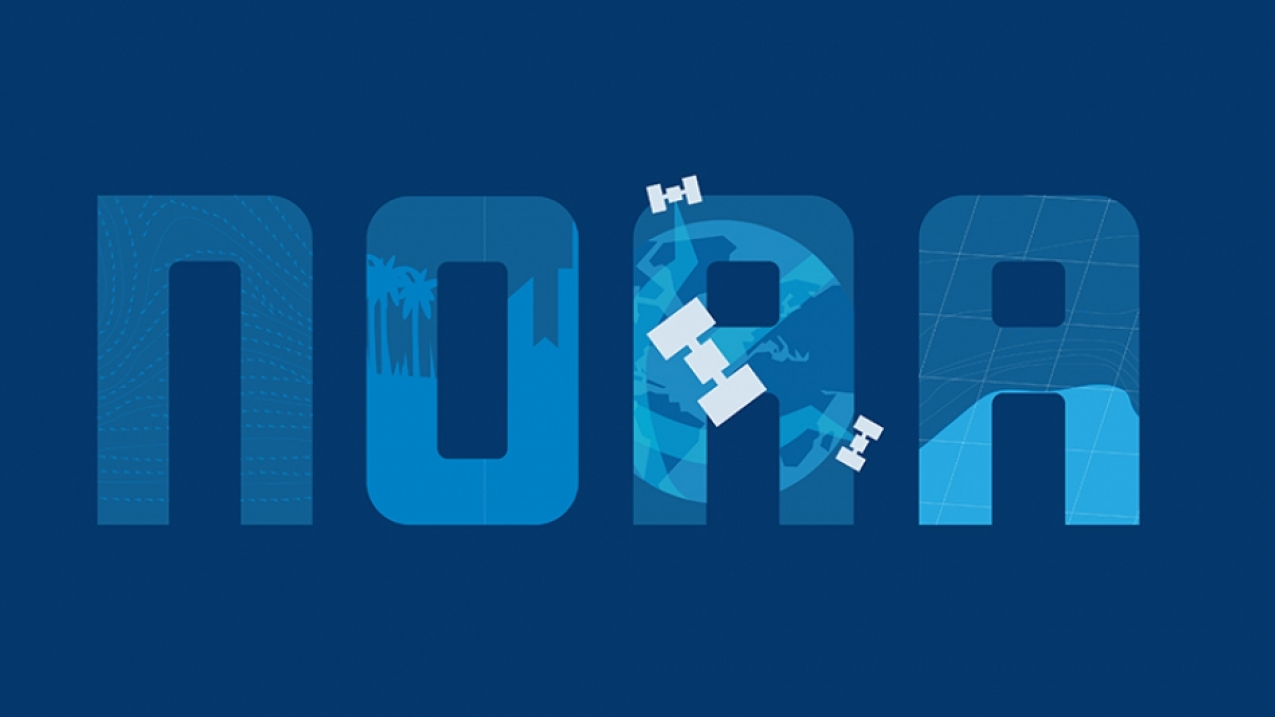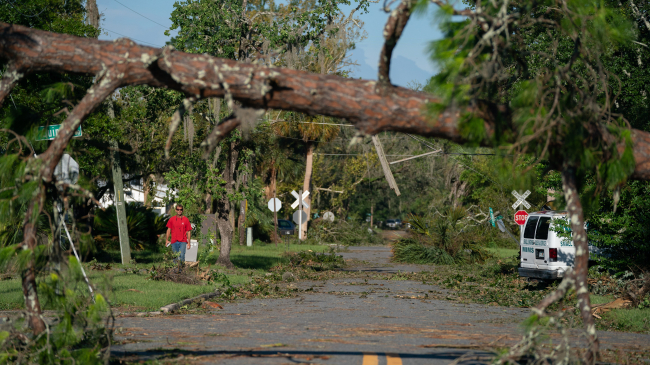NOAA’s Climate Prediction Center announced today that a below-normal hurricane season is most likely for the Eastern Pacific this year. The outlook calls for a 55 percent probability of a below-normal season, a 35 percent probability of a near-normal season and a 10 percent probability of an above-normal season.

Welcome to noaa.gov (Image credit: NOAA)




